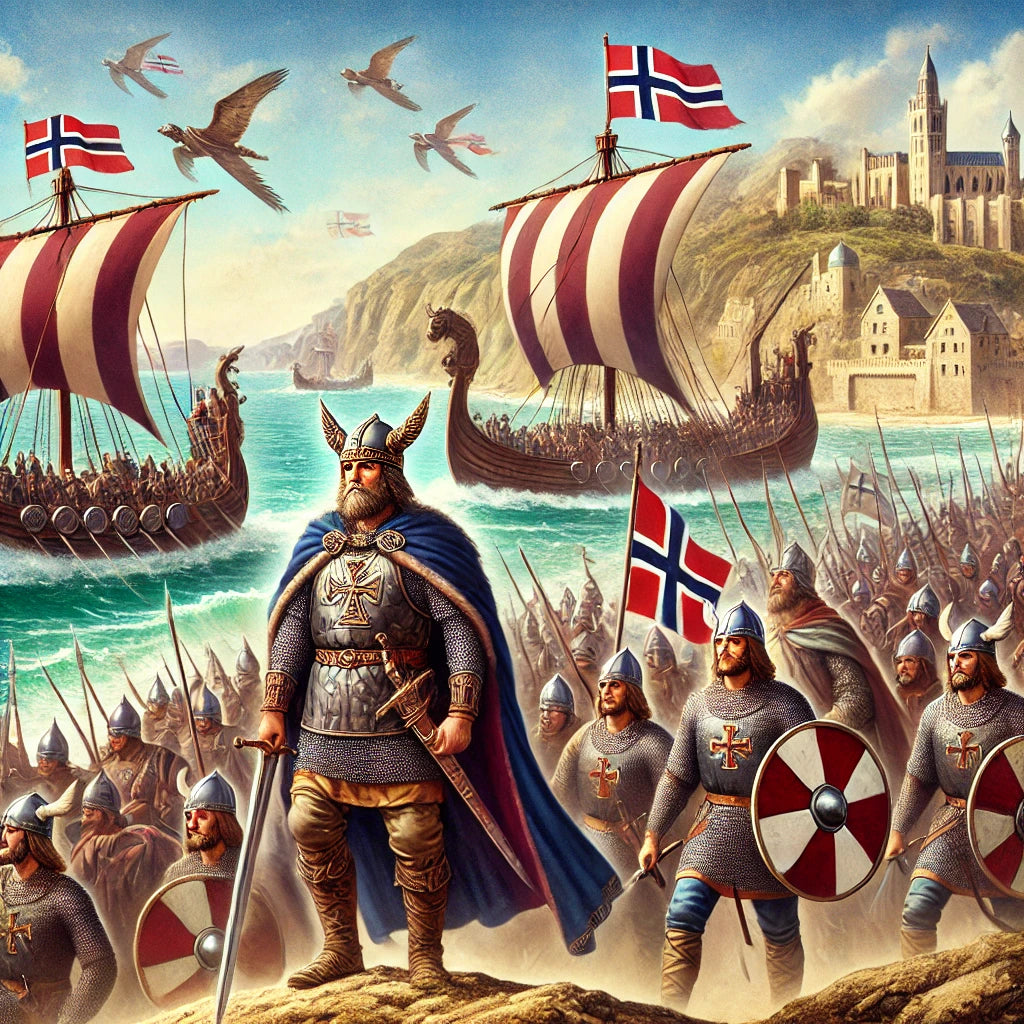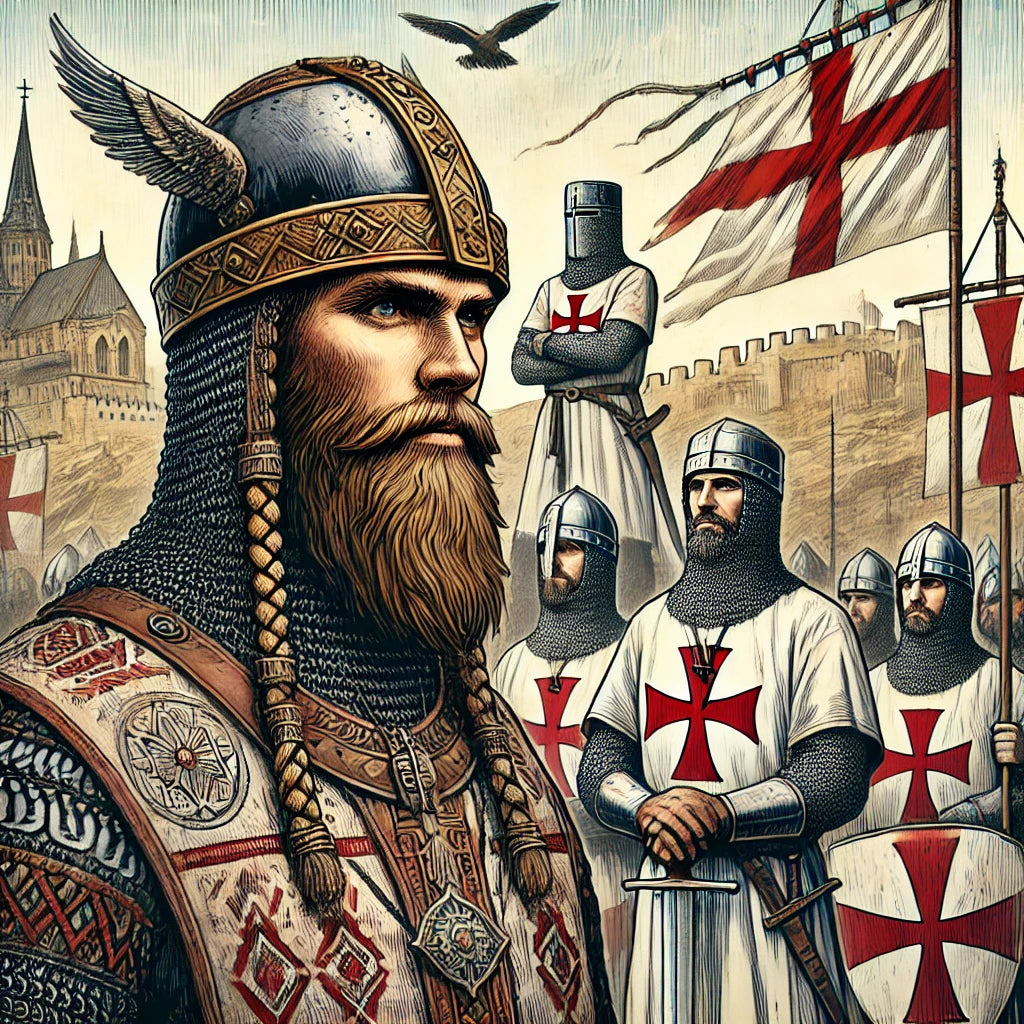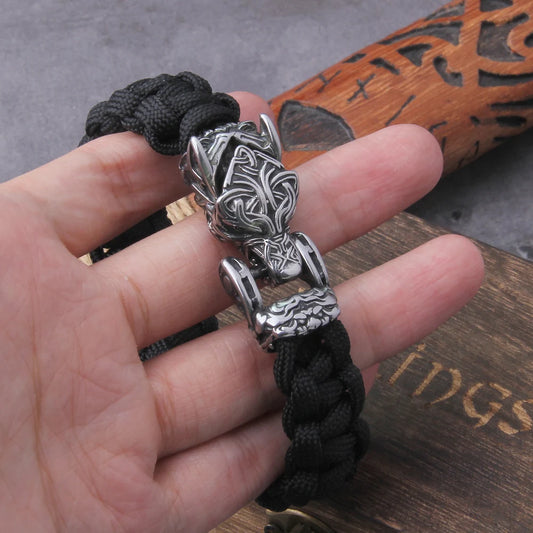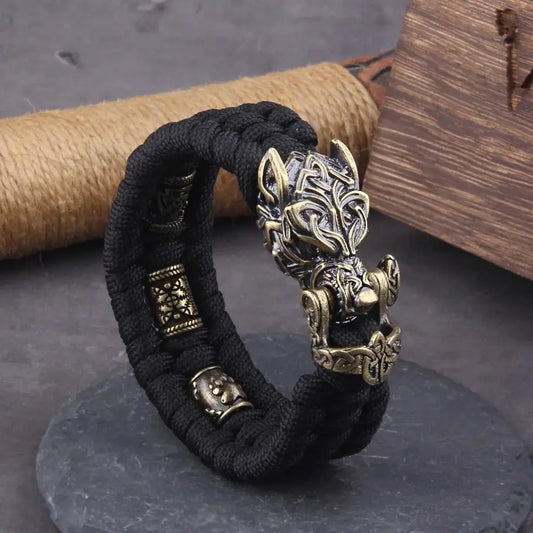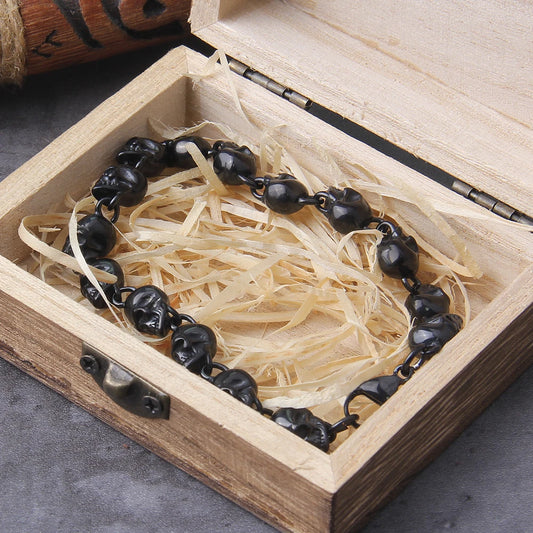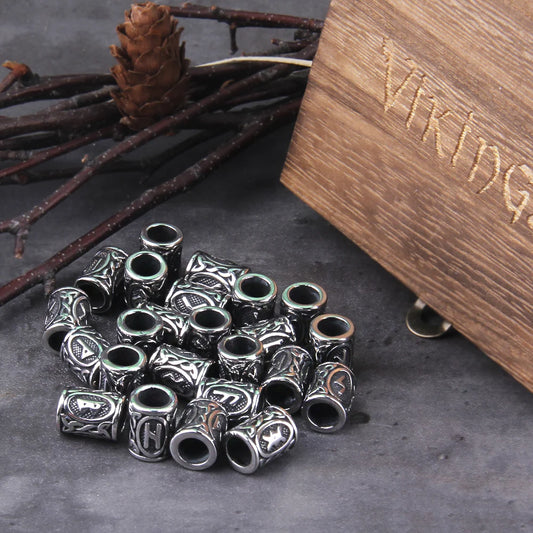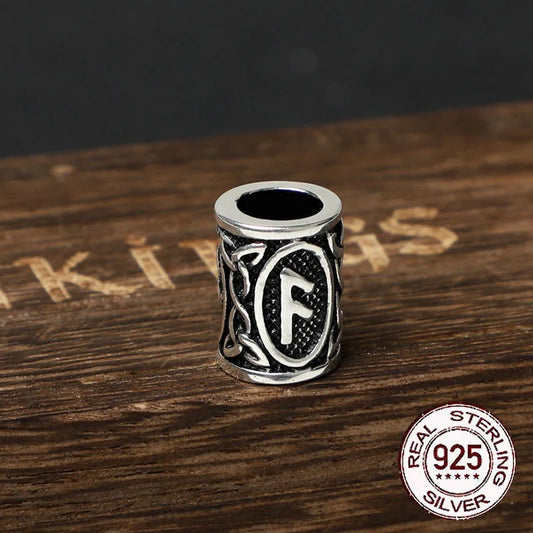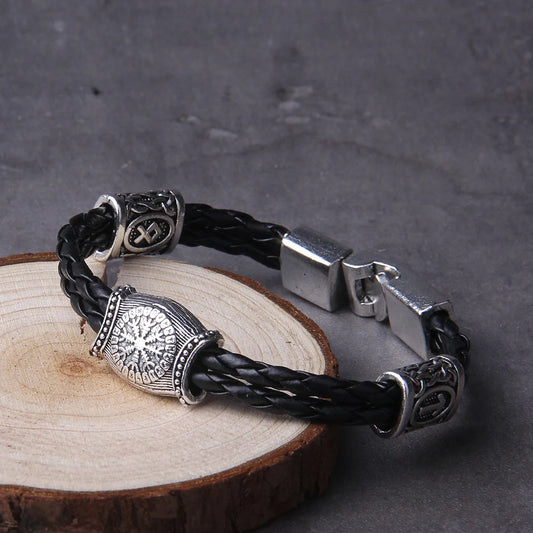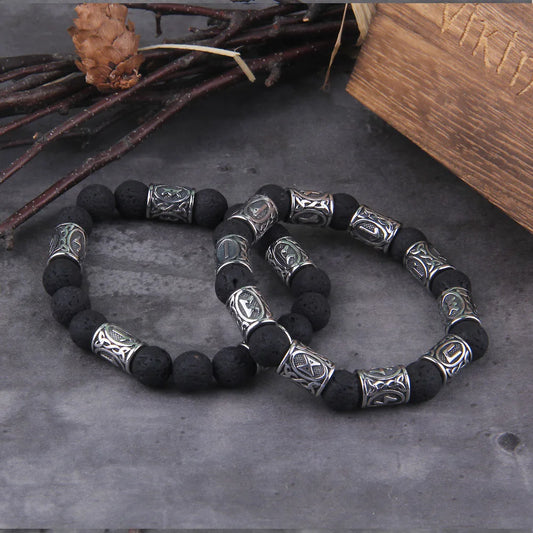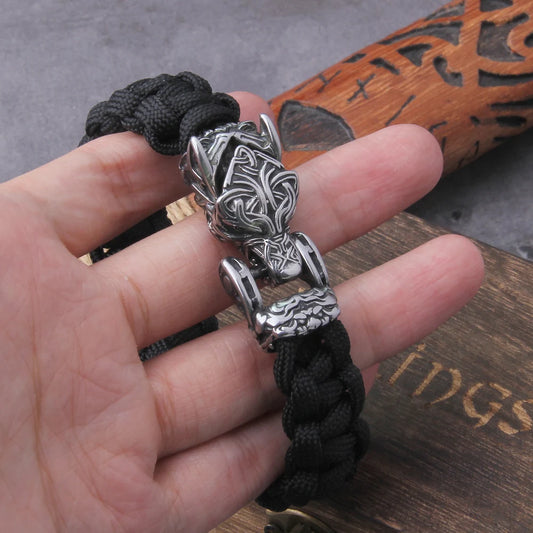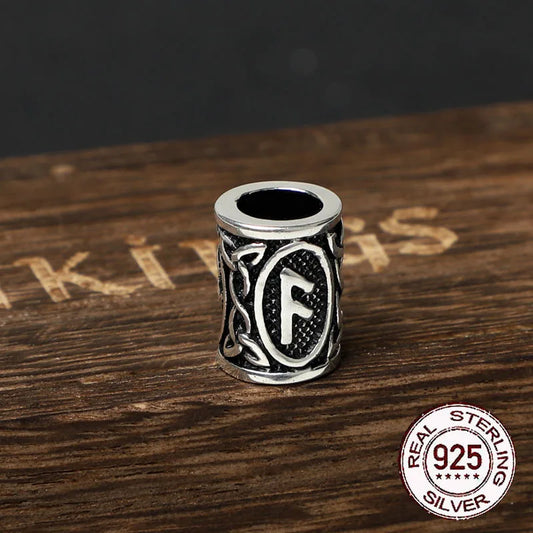The Jomsvikings were Viking mercenaries very active between the tenth and eleventh centuries, loyal to the cult of Odin and Thor.
They were loyal to their Norse beliefs, but their reputation crossed the border of beliefs and they fought for any lord able to pay their hefty fees, occasionally fighting alongside Christian nobles.
According to the Norse sagas, in particular the Jomsvikinga saga and the saga of Olaf Tryggvason, and stories included in the Flateyjarbók, their fortress Jomsborg was located south of the Baltic Sea, but the exact location is still much disputed by modern historians and archaeologists.
Many researchers point to Silberberg Hill, north of the town of Wolin on the island of the same name. Jomsborg has been identified as Jumne, Julin and Vineta mentioned in medieval Danish and German records.
The Viking legend of Jomsborg appears in some Icelandic sagas of the 12th and 13th centuries.
The Jomsvikings Code
The Jomsvikinga saga relates that the Jomsvikings were very selective in deciding who should be admitted to their order. Candidates had to be men of proven valor between the ages of 18 and 50 (with the exception of a boy named Vagn Åkesson, who defeated Sigvaldi Strut-Haraldsson in a duel at the age of 12). To gain admission, applicants were required to show their strength, often in a ritual duel, or holmgang, with a jomsviking.
Once admitted, the jomsviking was required to obey a strict code of conduct in order to instill a sense of military discipline among its members. Any violation of these rules could result in expulsion from the order.
- The jomsviking was bound to defend his brothers and avenge their death if necessary.
- The jomsviking was forbidden to speak ill of his brothers or to quarrel with them.
Any feud between members was subject to the intermediation of officers of the order.
- The jomsviking was forbidden to show fear or weakness in the face of an enemy of equal or inferior strength, although retreat in the face of a superior force seems to have been considered acceptable.
- Any profit from plunder resulting from battles was shared equally among the brotherhood.
- The jomsviking could not be absent from Jomsborg for more than three days without permission from the brotherhood.
- The jomsviking was not to be allowed to be a captive.
- The presence of women or children within the walls of the fortress was not accepted (however, it is not clear whether they were forbidden to marry or have ties with women outside its walls).
The Jomsvikings Saga
Historians still debate the certainty of the events of the Jomsborg Vikings.
Some argue that the order belongs to legend and that, on the other hand, the fortress has never been located exactly, so it is quite difficult to confirm the stories of their raids.
According to Lee M. Hollander, the Welsh Vikings of the Jomsviking saga have a prominence that other Norse sagas lack and are a unique testimony to the settlements in Bretland (Wales).
However, for Gwyn Jones it is a fictitious brotherhood, since hardly a society like the Viking could structure a brotherhood of warriors so organized, under a code of honor and strict rules of conduct, its own fortress and a dock with capacity for hundreds of ships.
However, Jones recognizes that any reference should be taken with caution, since archaeological excavations show that, at the time of Harald Blåtand, it is demonstrable that there was a strong link with the Vendo, so it is not ruled out that the mercenaries were an advanced mixed Vendo-Danish fighting force.
There are different sources that cite the origin of the order. The Gesta Danorum (book 10) indicates that a site called Julinum was conquered by the Danish king Harald Blåtand, who gave it to the Swedish prince Styrbjörn the Strong. Harald thereby gave it such strength that Styrbjörn terrorized the seas.
The Knýtlinga saga is along the lines that it was Harald who opened the doors to the foundation of the Jomsborg Vikings, but the story of Styrbjörn is not related to them. The Jomsvikinga saga notes that the settlement was founded by Palnatoke, receiving the site from the Wendo lawgiver Burislav.
The Styrbjarnar þáttr Svíakappa and Eyrbyggja saga cede ground to the earlier versions with Styrbjörn commanding the first Jomsvikings before their consolidation.
Information on the size of Jomsborg varies according to the source. It is assumed that it could hold from 30 to 300 ships in its harbor with its Jomsviking warlords such as Palnatoke, Styrbjörn the Strong, Svend I of Denmark, Sigvaldi Strut-Haraldsson, Thorkell the Tall and his brother Hemming.
The Gesta Danorum (book 10), Styrbjarnar þáttr Svíakappa and Eyrbyggja saga saga agree that around 980, the exiled Swedish king Styrbjörn the Strong led the Jomsvikings to a devastating defeat against his uncle Eric the Victorious at the Battle of Fýrisvellir, Uppsala, in 984 or 985, as he tried to take the crown of Sweden by force of arms.
The defeat of the Jomsvikings is attributed to a pact between the Swedish king Erich and the god Odin. Three runestones, the Högby stone Ög 81 (The brave champion Asmund fell at Fýrisvellir), one of the Hällestad runestones classified as DR 29511 (He did not escape from Uppsala) and the Sjörup runestone (He did not escape from Uppsala, but killed as much as he could while holding a weapon), which coincide in time recount the honorable deaths at Uppsala, and were probably three Jomsvikings.
The battle has also been commemorated, in poetry, by the Icelandic scald Þórvaldr Hjaltason, who took sides in the battle for the Swedes.
The Jomsvikinga saga cites that, in 986, they attacked Håkon Sigurdsson of Norway and were defeated at the battle of Hjörungavágr. The saga ends with a brief account of the aftermath of the battle and, in fact, mentions the battle as the beginning of the end for the Jomsvikingos.
After the two major defeats, the power of the Jomsvikingos waned, but Óláfs saga Tryggvasonar cites that they still played a decisive role, treacherously, at the Battle of Svolder in 1000 AD.
At Svolder, a group of Jomsviking led by Jarl Sigvaldi Strut-Haraldsson abandoned King Olaf of Norway to his enemies, an alliance that resulted in the total annihilation of his fleet.
This action is understood as a way to fight against the Christianization of Scandinavia, which Olaf forcibly promoted in a violent and sometimes cruel way.
However, King Svend I of Denmark who won the Norwegian throne was (at least nominally) Christian, both he and his father Harald Blåtand were baptized in 965 AD.
Jomsborg Vikings are also cited in raids into England in 1009, and other expeditions into Scandinavian territories during the early 11th century.
In 1013 the Jomsborg Vikings accompanied King Svend I of Denmark on his campaigns into English territory, or on opposing sides cunningly seeking a danegeld (tribute) from the English, while Etelhard II the Undecided focused the main force on Normandy.
Later they declined to continue campaigning for decades afterwards. In 1043, according to the Heimskringla, Magnus I of Norway decided to put an end to the Jomsborg Viking threat once and for all, sacking Jomsborg, destroying the fortress to its foundations and the survivors of the brotherhood subdued and condemned to death.


